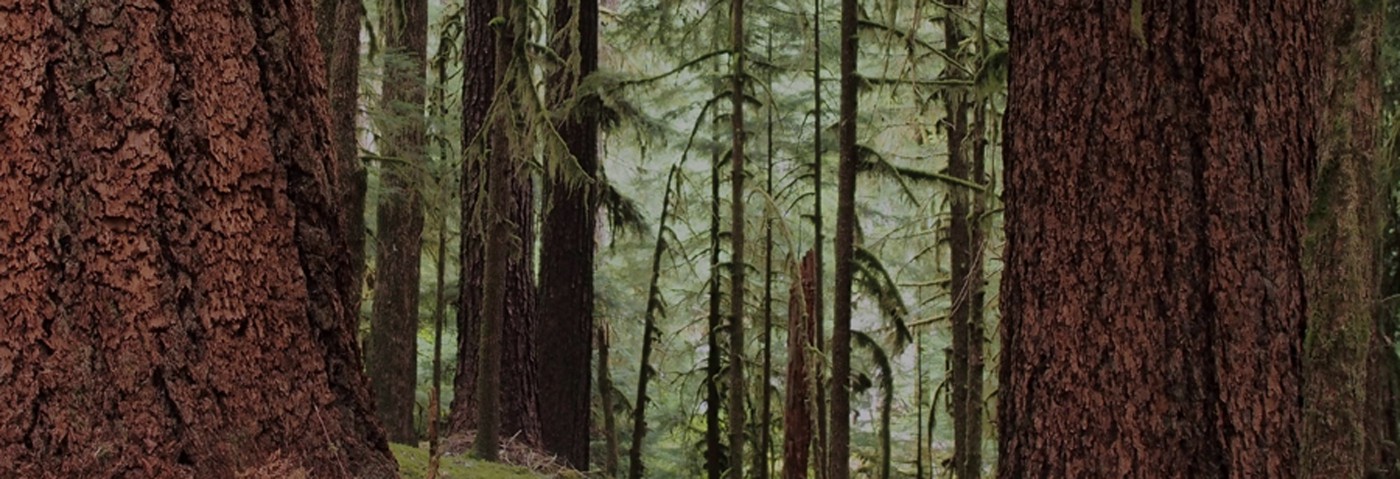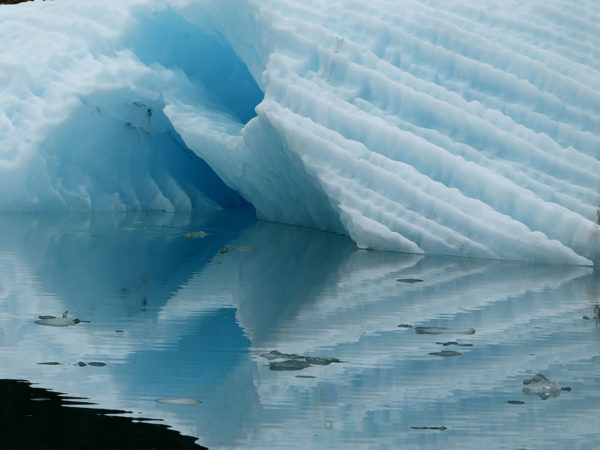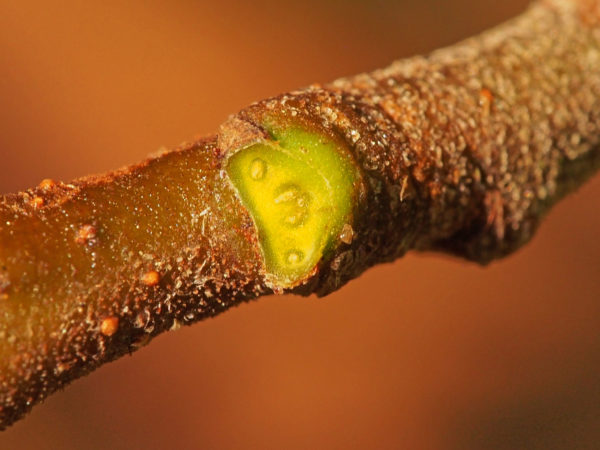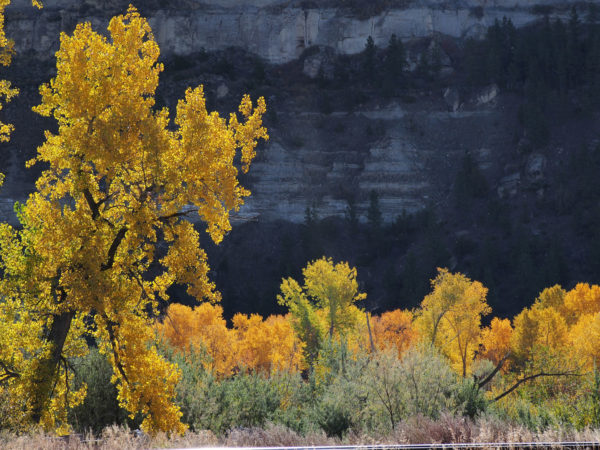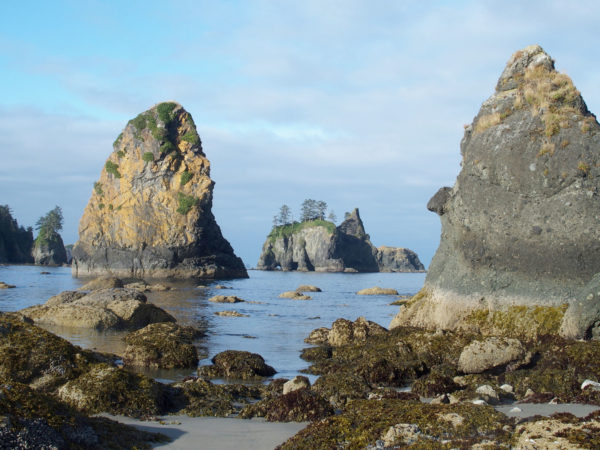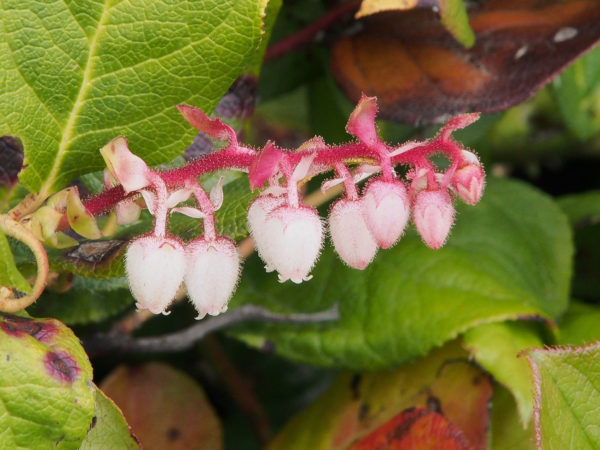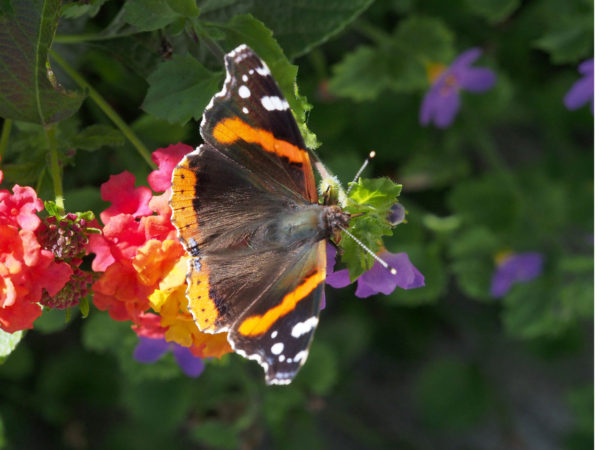Water and the Dynamic Life of Molecules
By John Palka — Posted March 4, 2018
Water is abundant on our Earth and is also essential for all of life as we know it. It is part of our daily experience—we see it, we drink it, we feel it on our skin. But what is water? How does it get the properties that are so familiar to us? Why is it central to the processes of life? Let’s take a look.
